Boost garden butterfly numbers by up to 93% with one simple step, study reveals
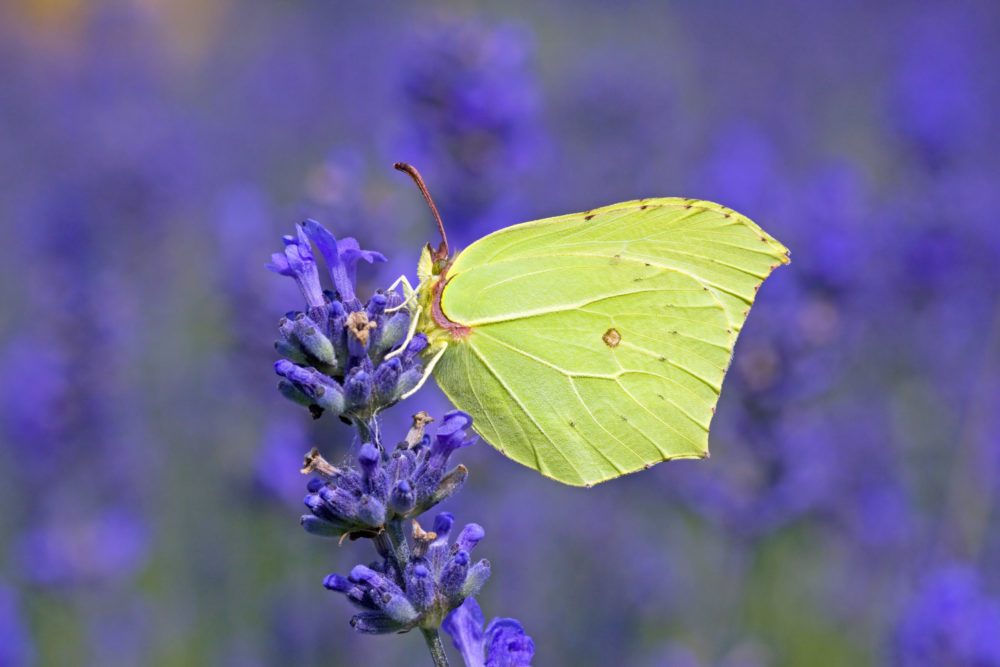
Letting parts of your garden grow wild with long grass can increase butterfly numbers by up to 93% and attract a wider range of species, according to new research from leading wildlife charity Butterfly Conservation.
The study, published in the journal Science of the Total Environment, provides the first scientific evidence that having long grass in your garden increases butterfly abundance and diversity. Creating such wild spaces may help to reverse the decline of these beautiful insects.
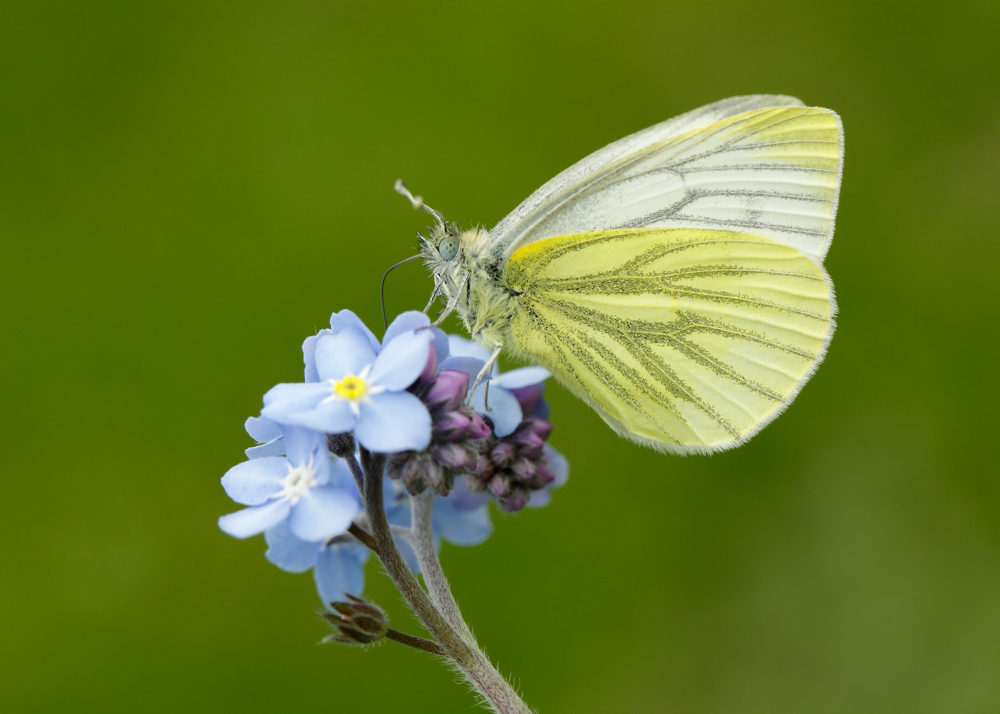
Undertaken by Butterfly Conservation scientists Dr Lisbeth Hordley and Dr Richard Fox, the research analysed butterfly sightings from more than 600 gardens across the UK, collected by members of the public over six years through the charity’s Garden Butterfly Survey.
Results
The results show that gardens with long grass had a significantly higher number of butterflies recorded, with a greater variety of species, than those without.
Importantly, the biggest benefits of these wild spaces were found in urban areas and intensively farmed landscapes.
In highly arable areas, gardens with long grass saw up to 93% more butterflies, and those in urban areas showed an increase of 18%.
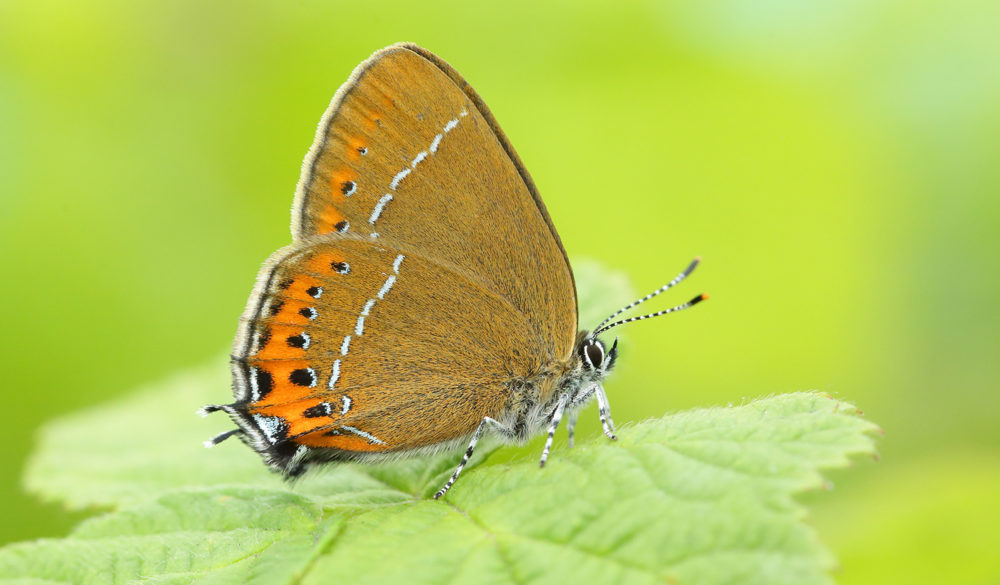
The potential to provide wild spaces for butterflies and moths to thrive is huge.
Gardens make up more than 728,000 hectares in Great Britain – the equivalent of over a million football pitches. If each of these gardens had a space that was allowed to go a little wild, with grass growing long, it would make a huge difference for butterflies and moths, providing spaces for them to feed, breed and shelter.
Public spaces
While the research specifically studied gardens, the benefits to butterflies of long grass and wild spaces are likely to extend beyond the garden gate.
Public green spaces such as parks, school grounds, allotments, and road verges, could also provide vital spaces for wildlife, and enable more people to see more butterflies if allowed to go a little wild.
“Crisis”
Dr Richard Fox, Head of Science at Butterfly Conservation and co-author of the study, said: “Nature is in crisis; 80% of butterflies have declined since the 1970s, so we need to take action now to protect them.
“We wanted to be able to give tried and tested gardening advice that will benefit butterflies as we know lots of people want to help.
“This study proves, for the first time, that allowing a patch of grass to grow long will attract more butterflies into your garden.”
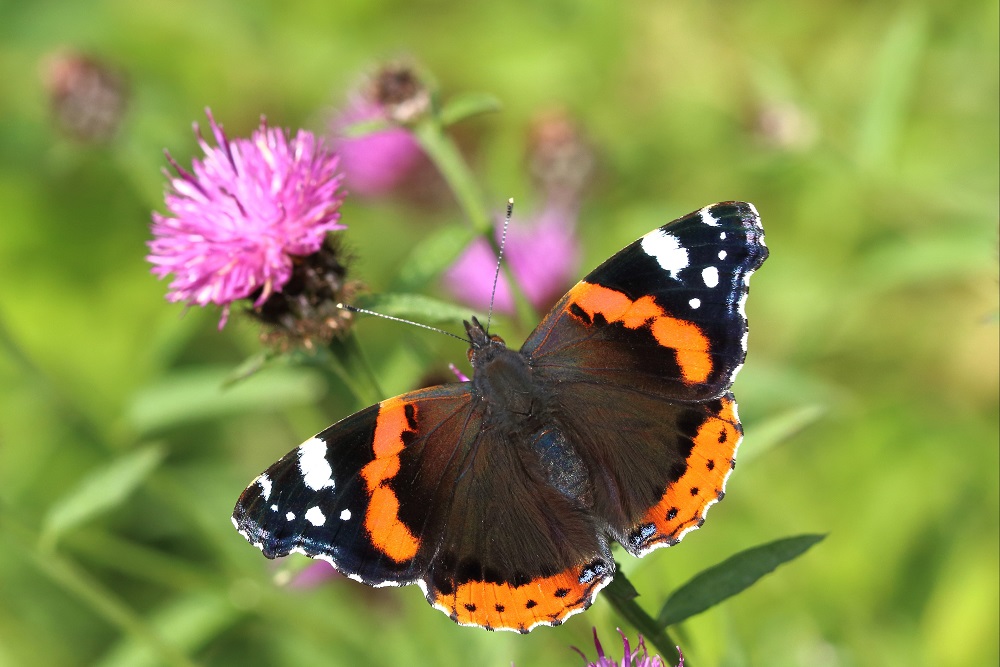
The study also found that the presence of flowering ivy in gardens increased the number of certain butterfly species, such as the Holly Blue, Red Admiral and Comma, which use ivy as a breeding habitat or nectar source.
Butterfly Conservation is calling for everyone to create their own Wild Space, no matter how big or small, to help butterflies survive and thrive.
Through its Wild Spaces programme, the charity aims to transform 100,000 areas across the UK to help support butterfly populations.
Dr Fox added: “The simple act of creating wild spaces by allowing a patch of grass to grow long, or a border edge to go wild is free and easy to do, and can significantly boost butterfly numbers, especially in urban and agricultural settings where they are most under pressure.
“The benefits of each individual wild space are small, but if thousands of people get involved the boost to butterflies could be huge.
“Whether you have a large garden, a small patch of grass, a community or school space, or a balcony or window box, anyone, anywhere can help.
“We hope that our Wild Spaces programme will inspire people across the UK to take action and help to create a national network of butterfly-friendly habitats.”
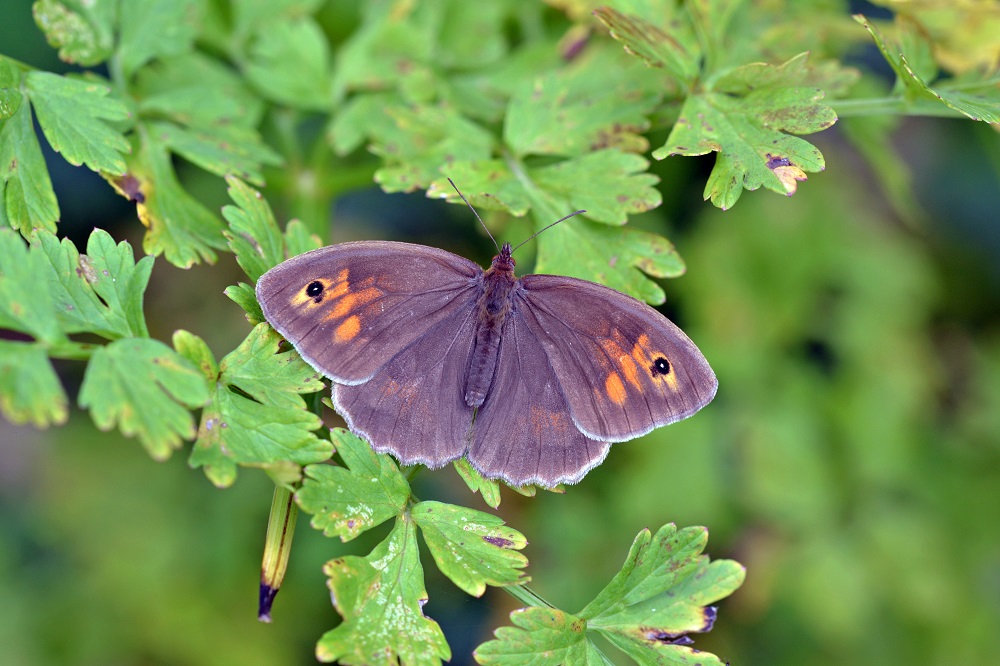
Wild Spaces can be created by anyone, anywhere – from gardens to shared community spaces, balconies, terraces, or patios.
No matter the size or location, every Wild Space can contribute to the recovery of butterfly populations and support biodiversity.
To create your own Wild Space visit www.wild-spaces.co.uk
Support our Nation today
For the price of a cup of coffee a month you can help us create an independent, not-for-profit, national news service for the people of Wales, by the people of Wales.







Bridgend council decided to strim to the bone anything that dares to flower up past the grass around here especially when a lot of insects are up in the spring to get feeding, bees especially (I have complained in the past but they ignore you). Road verges and grassy area’s need to be let to grow. So its up to the garden owners to look after wildlife. No mow all year is great, mow a path around and through, leave edges untidy. Create wood piles (beetles love it), put out large trays filled with water with stones in for wildlife.… Read more »